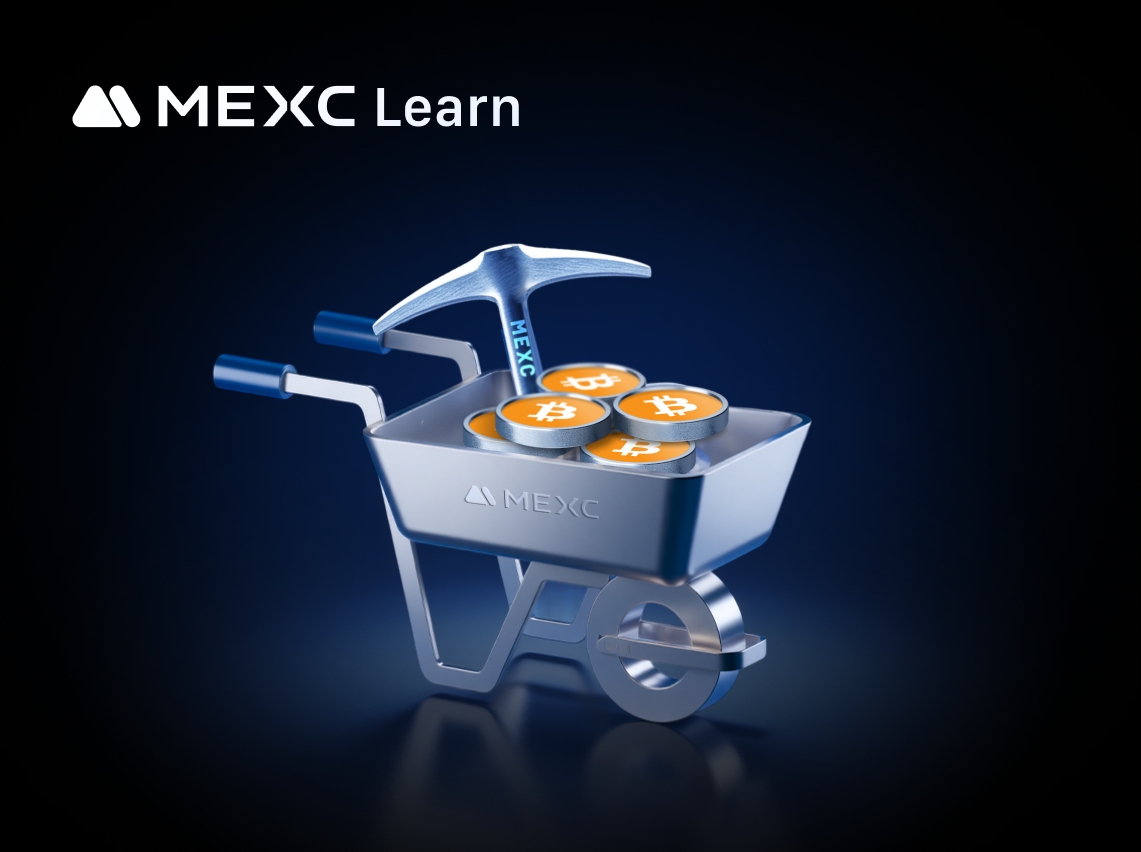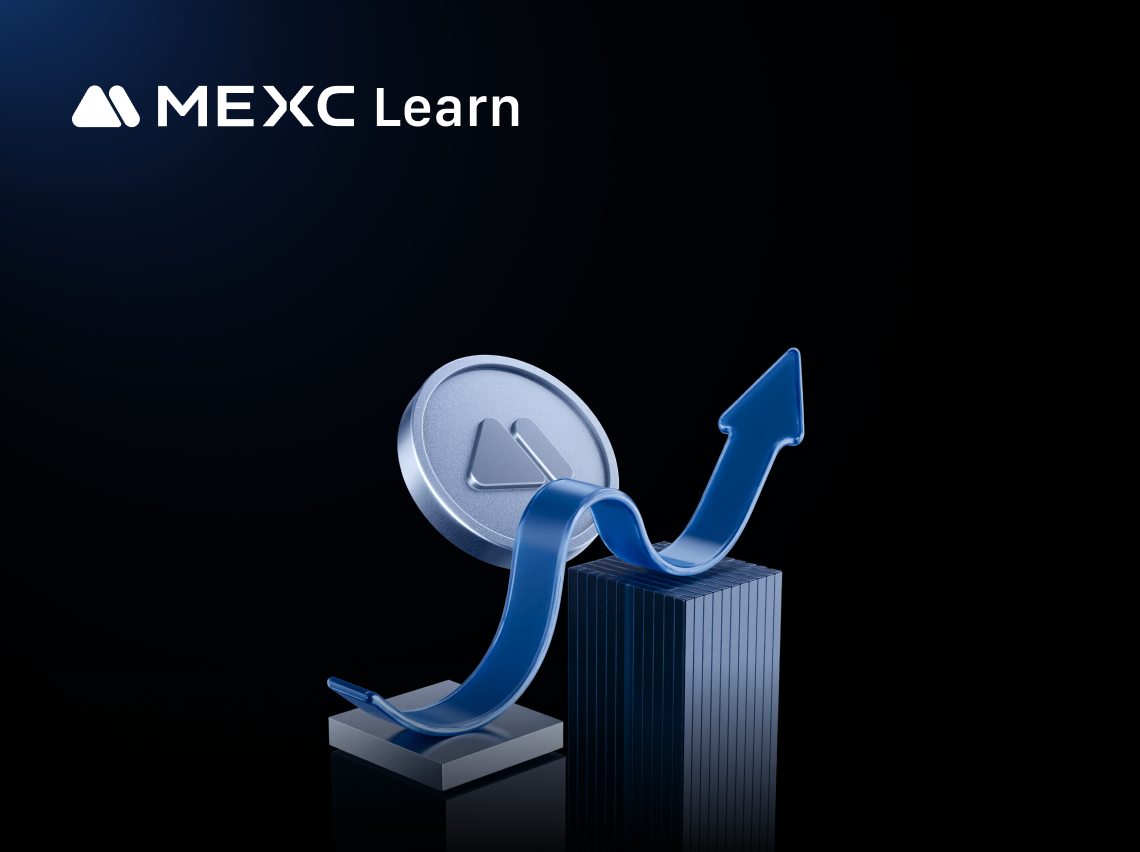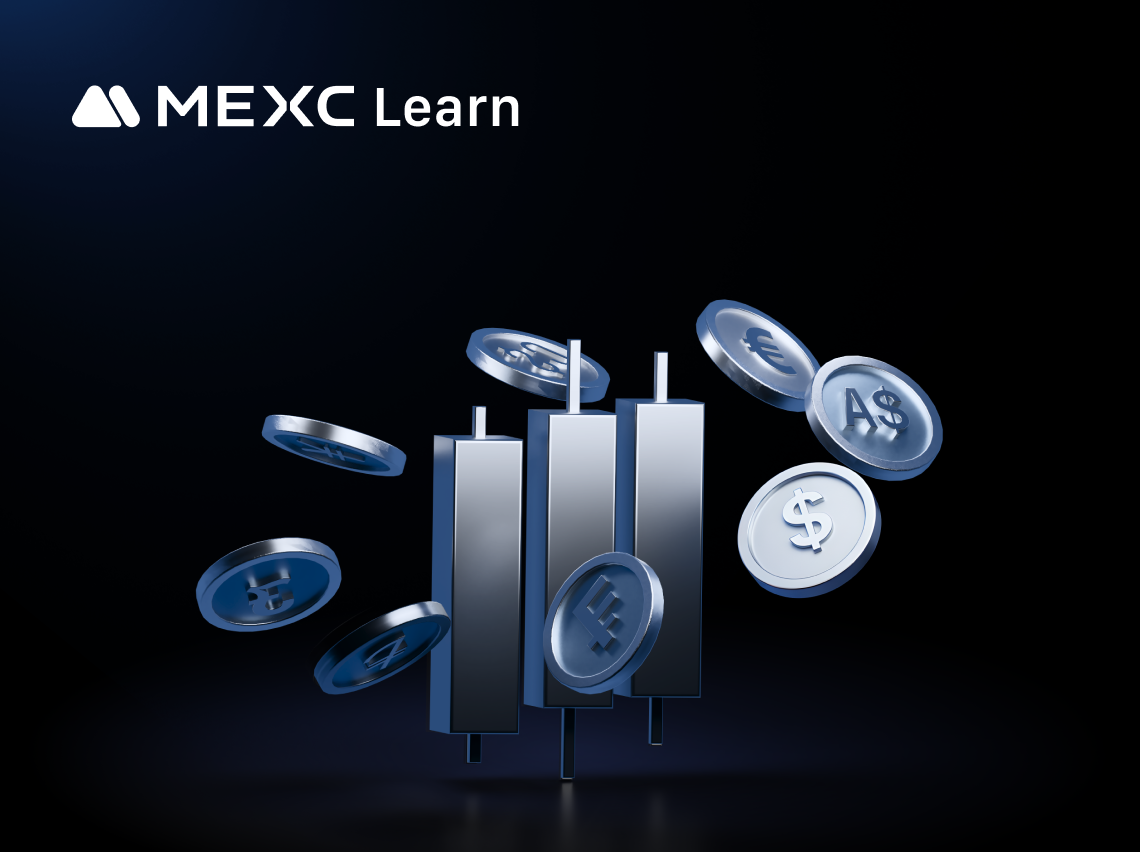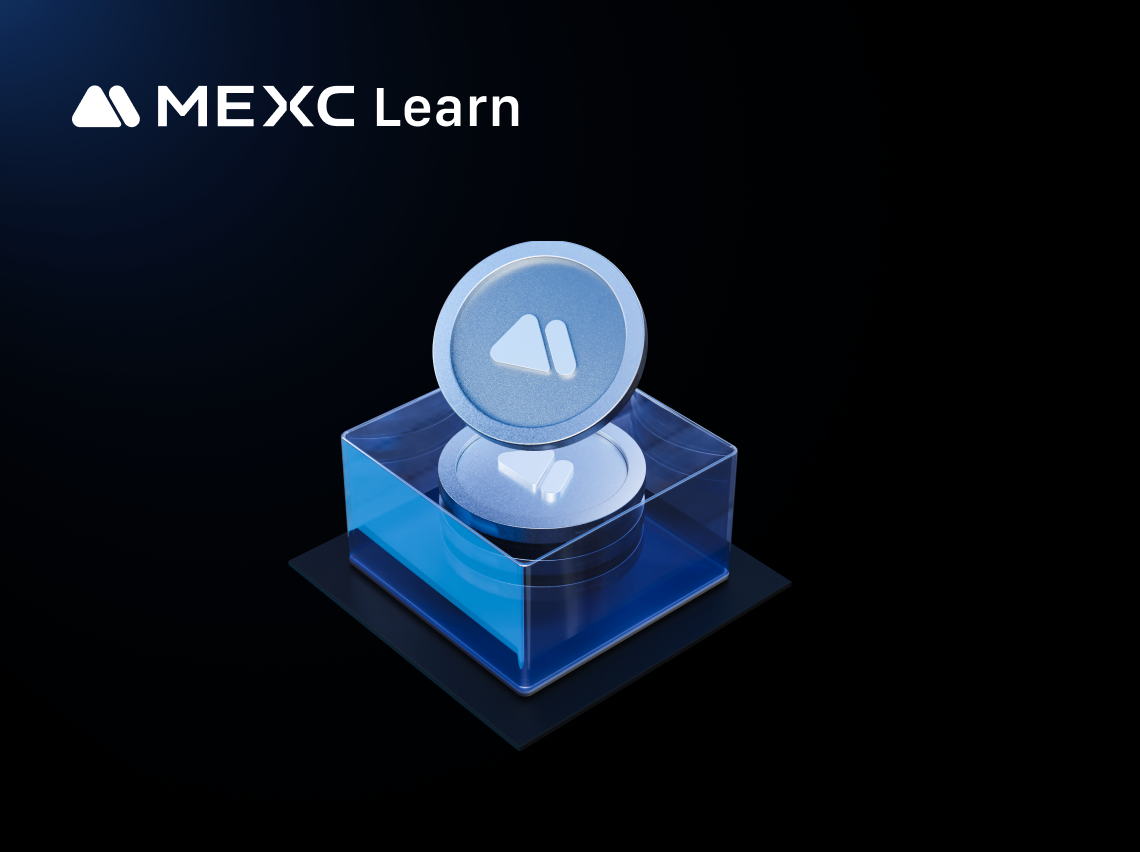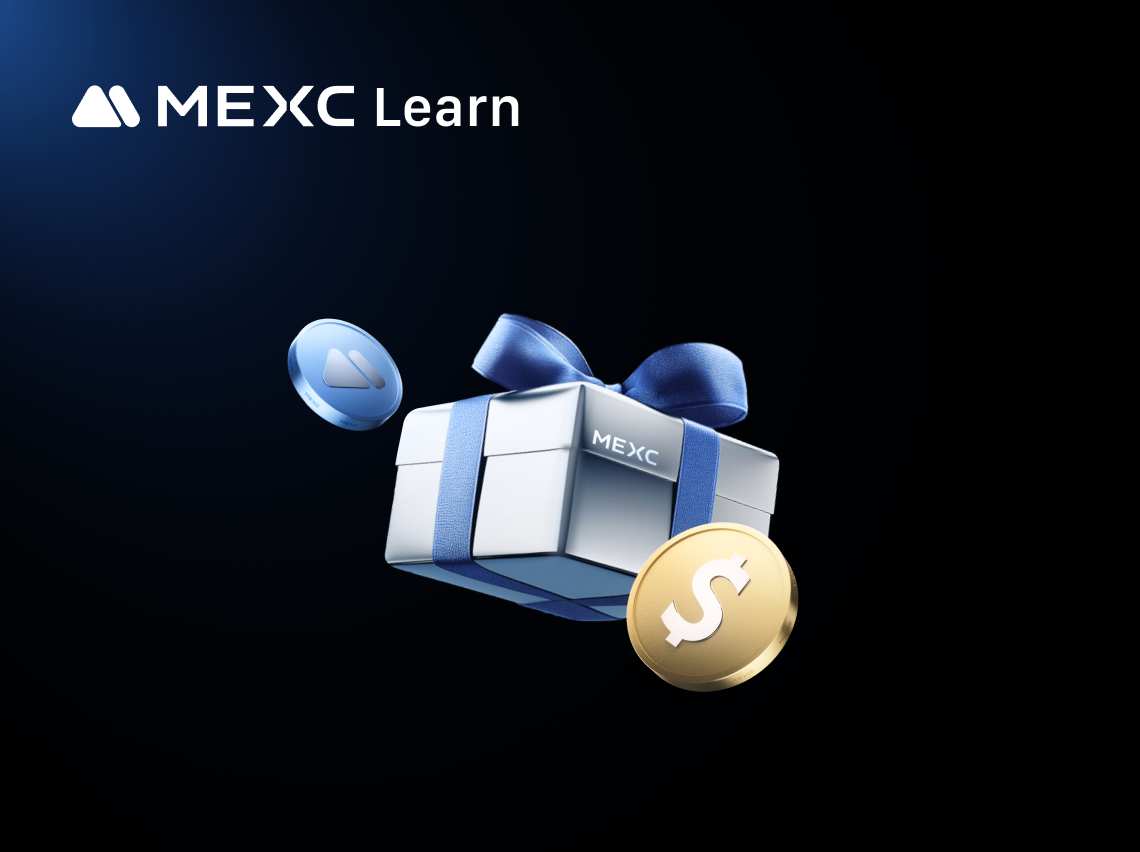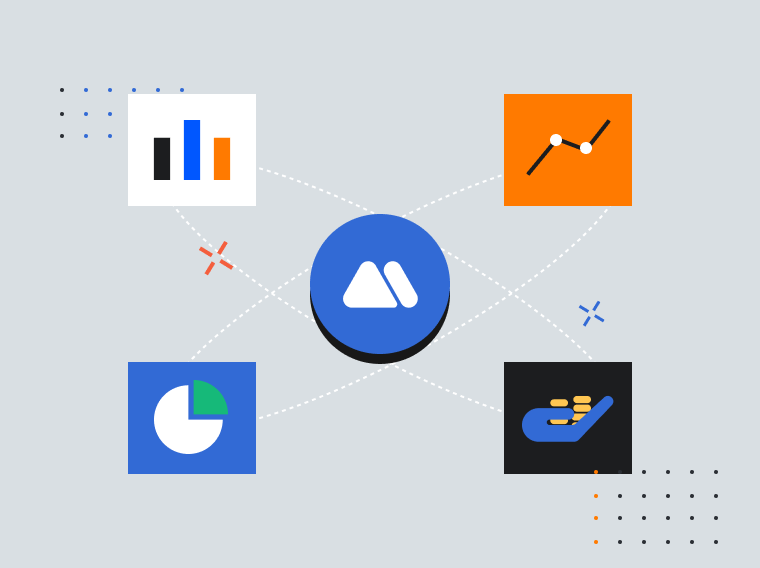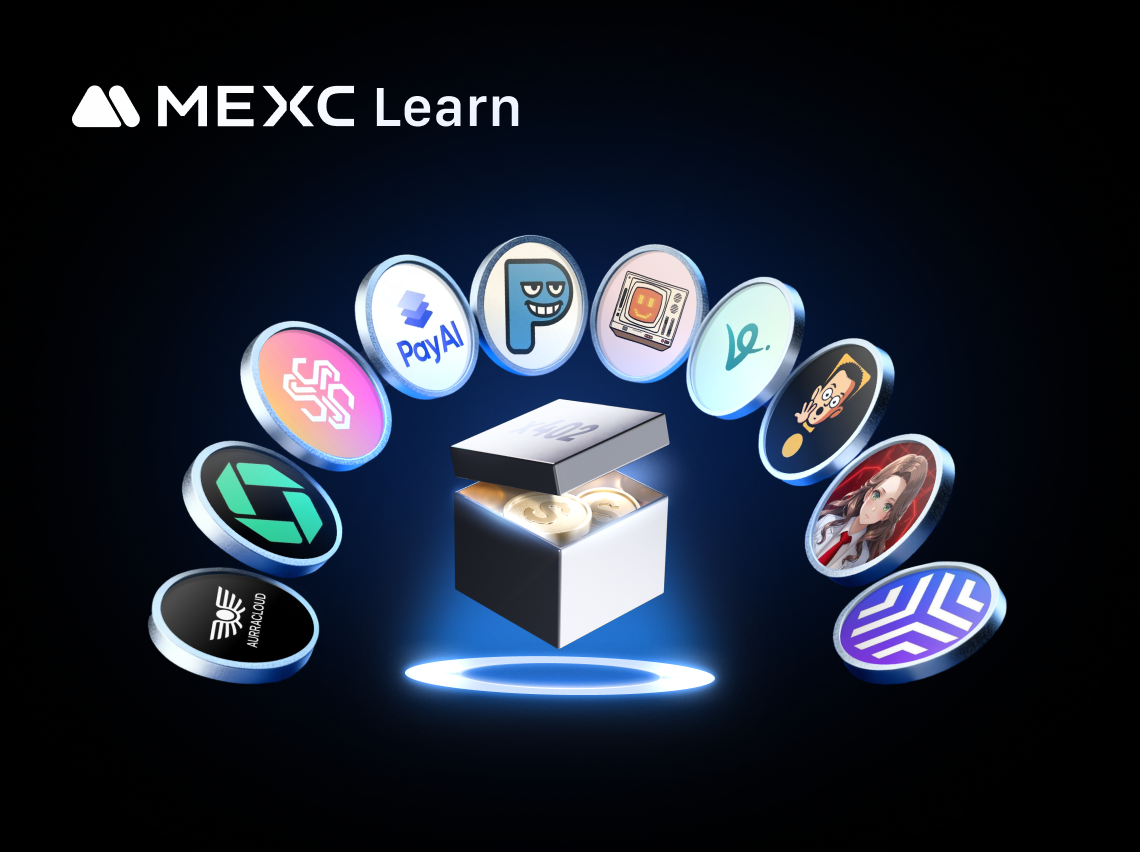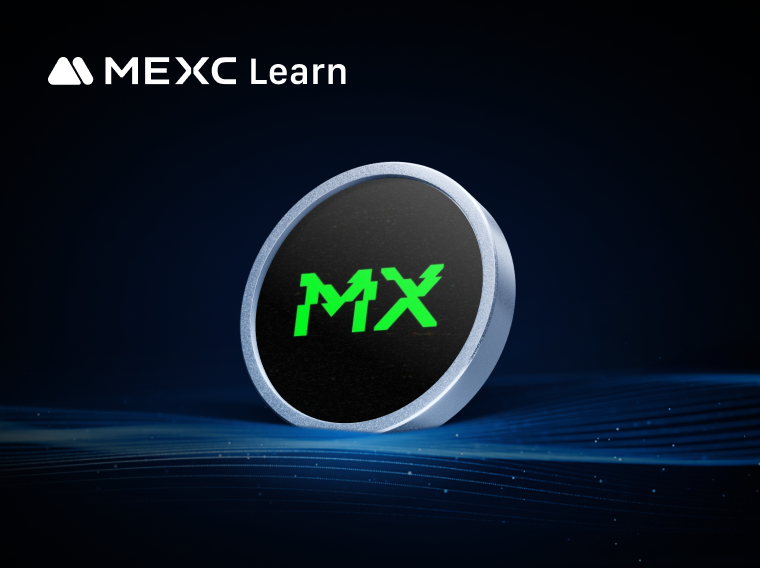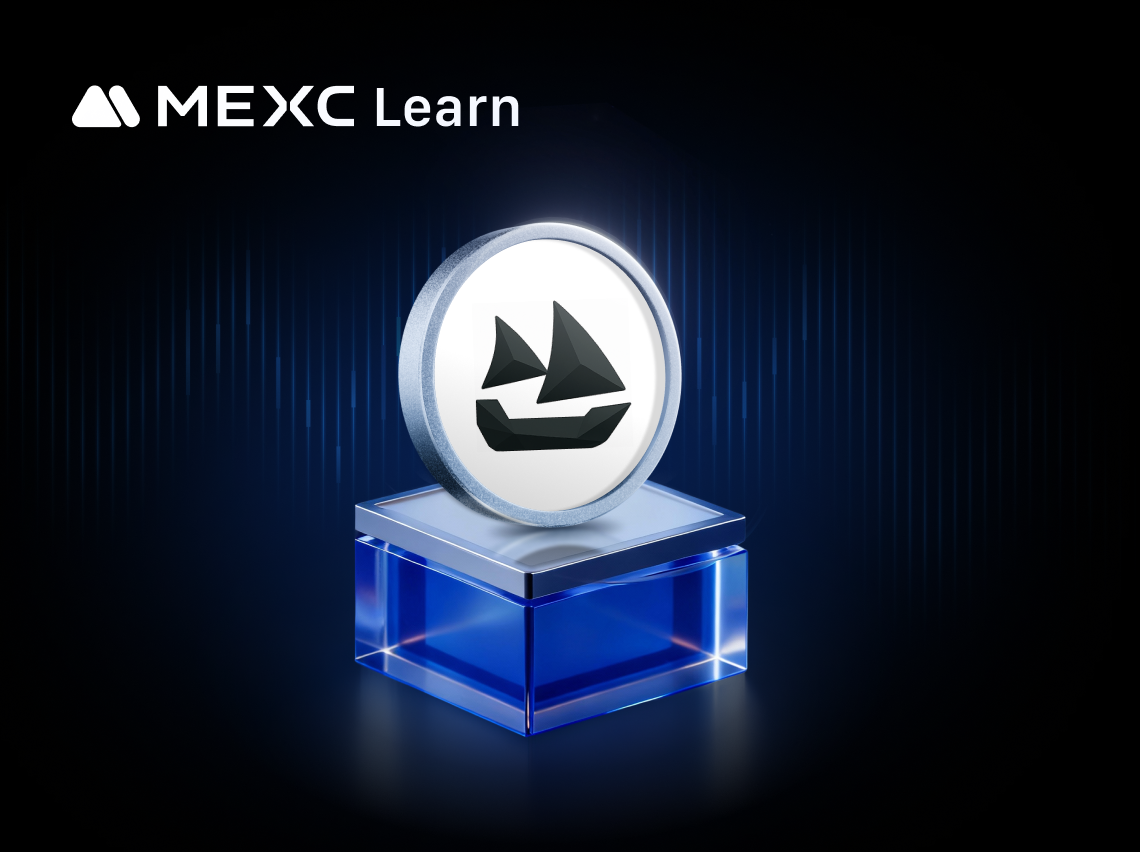As blockchain technology continues to mature and address real-world economic challenges, the global financial landscape is undergoing a paradigm shift. Among the emerging solutions, the Unitas Foundation stands out as a pioneering force in the development of "unitized stablecoins" — a revolutionary approach to cross-border payments and monetary stability in emerging markets. Unitas is a unitized stablecoin protocol tailored to various emerging market currencies, introducing an innovative framework that bridges traditional fiat currencies and the digital asset ecosystem.
USD1 is launched by World Liberty Financial (WLFI), a project co-founded by the Trump family and their close associates. The initiative carries strong political and elite financial undertones. WLFI was established in mid-2024 and raised approximately $550 million in October through the issuance of its native WLFI token, with most of the funding coming from entities affiliated with the Trump family.
This in-depth analysis explores the Unitas Foundation’s groundbreaking work in stablecoin technology, with a particular focus on its flagship token, USD1, and the broader impact of its ecosystem on emerging market economies. The project marks a significant evolution in the stablecoin sector, introducing new mechanisms for over-collateralization and currency pegging that could reshape how we manage international finance and monetary policy in the digital age.
The Unitas Foundation was established in recognition of the shortcomings of existing stablecoin solutions in adequately serving emerging market economies. Its whitepaper, “Unitas: A Decentralized, Exogenously Over- Reserved, USD-Denominated Unitized Stablecoin Protocol for Emerging Markets”, was released in six languages (English, Traditional Chinese, Simplified Chinese, Japanese, Korean, and Spanish), demonstrating the project’s commitment to global accessibility and adoption.
At the heart of the Foundation’s mission is the creation of a new class of digital assets known as “unitized stablecoins,” which serve as efficient value converters between the U.S. dollar and local currencies. The goal is to “unitize” 1 USD stablecoin into 1 unit of a local currency, thereby providing users in various countries with greater transactional convenience and efficiency. The Unitas protocol acts as a value bridge between the dollar and other currencies, ensuring that each Unitas stablecoin is unconditionally redeemable for USD stablecoins.
While traditional stablecoins have succeeded in maintaining parity with the U.S. dollar, their utility in emerging markets remains limited. Local currency volatility and underdeveloped banking infrastructure present significant barriers to the adoption of digital assets. The Unitas Foundation identifies the following key challenges:
Currency Volatility: Emerging market currencies often experience significant fluctuations against major reserve currencies, creating uncertainty for businesses and consumers.
Limited Access to Stable Value Storage: Citizens in many emerging economies lack reliable tools to preserve value, resulting in wealth erosion during periods of local currency depreciation.
Inefficient Cross-Border Payments: Traditional cross-border payment systems in developing regions remain slow, costly, and poorly accessible.
Barriers to DeFi Participation: The complexity of navigating multiple stablecoins and currency conversions creates significant obstacles for users in emerging markets to engage with decentralized finance (DeFi).
The Unitas protocol operates stablecoins backed by externally overcollateralized reserves and pegged to emerging market currencies. These stablecoins aim to unlock the potential of emerging markets by facilitating foreign investment, cross-border payments, access to global markets, participation in DeFi, and efficient USD liquidity.
The protocol introduces sophisticated mechanisms to maintain currency pegs through overcollateralization, while enabling seamless conversion between stablecoins denominated in different currencies. This approach bridges local currencies and the USD-denominated global digital asset ecosystem, addressing the core financial challenges in emerging markets.
At the heart of Unitas's technical innovation lies its overcollateralization strategy. Unitas stablecoins are backed by USD stablecoins such as USDT, USDC, and DAI with collateral ratios ranging from 130% to 200%. This high degree of overcollateralization serves several key purposes:
Stability Peg: Excess collateral provides a buffer against market volatility, maintaining stable exchange rates even during extreme conditions.
Redemption Guarantee: Overcollateralization ensures that users can always redeem unitized stablecoins for the underlying USD stablecoins, reinforcing trust in the system.
Risk Mitigation: The protocol is designed to withstand major market shocks without compromising the stability of the issued stablecoins.
The smart contracts verify whether oracle prices remain within a defined tolerance range and check reserve ratios when constraints are triggered. When users spend or redeem USD-pegged tokens, the system updates token reserves and directs fees to the surplus pool. Key components of the smart contract architecture include:
Oracle Price Integration: The system relies on real-time price feeds to maintain accurate exchange rates between currency pairs, ensuring unitized stablecoins reflect current market conditions.
Reserve Ratio Management: Automated mechanisms continuously monitor and adjust reserve ratios, triggering rebalancing when necessary to maintain system stability.
Fee Allocation: Transaction fees are collected and routed to a surplus pool, creating a sustainable economic model for protocol maintenance and development.
The protocol enables seamless conversions between stablecoins within the ecosystem — whether USD-pegged tokens, USD1, or unitized local stablecoins. Users can specify either the input or output amount, offering the following benefits:
Flexibility: Users can choose to set either the spend amount or the desired receive amount, maximizing transaction control.
Efficiency: Direct swaps eliminate the need for multi-step intermediary trades.
Cost Optimization: Compared to traditional multi-step conversions, the integrated fee structure significantly reduces transaction costs.
The Unitas protocol adopts a phased deployment approach to ensure thorough testing and incremental ecosystem development. The Unitas Foundation has announced that Phase 2 of the protocol has now launched on the mainnet, introducing insurance providers and additional tokens — underscoring the project’s commitment to responsible and sustainable growth.
Phase 1 – Sandbox Environment: Unitas stablecoins issued in this testing environment allowed for comprehensive evaluation of core mechanisms without real-world risk.
Phase 2 – Mainnet Launch: The inclusion of insurance providers and an expanded token supply marks the protocol’s transition into full production readiness.
USD1 is the core of the Unitas ecosystem — both a standalone stablecoin and the foundational building block of the broader unitized stablecoin network. USD1, USD91, and USD971 are the first three tokens issued during the protocol’s sandbox phase. Each Unitas stablecoin represents the value of USD in terms of 1 unit of local currency and is labeled with the corresponding country code (e.g., USD91 for the Indian Rupee, USD971 for the UAE Dirham, and USD1 for the U.S. Dollar).
This naming convention cleverly communicates each token's purpose: USD1 represents 1 unit of USD value, while other tokens in the ecosystem (e.g., USD91, USD971) represent the equivalent value in local currencies indexed by their respective country codes.
The USD1 token operates within a sophisticated economic framework designed to maintain stability while supporting practical use across various applications. Its value proposition is grounded in the following key features:
Collateral Backing: Like all Unitas stablecoins, USD1 is backed by a diversified basket of established USD stablecoins such as USDT, USDC, and DAI. This diversification supports liquidity while mitigating counterparty risk.
Overcollateralization Buffer: A collateralization ratio of 130–200% offers strong protection against market volatility and ensures redeemability under all market conditions.
Price Stability Mechanism: Unitas oracles reflect real-time market rates. A continuous monitoring and adjustment mechanism ensures USD1 maintains accurate parity with its underlying assets.
USD1 is designed to support a variety of essential applications within the digital asset ecosystem:
Cross-Border Payments: USD1 serves as an efficient medium for international transfers, eliminating traditional banking intermediaries and reducing settlement times from days to minutes.
Emerging Market Bridge: Provides a stable store of value for users in regions with volatile local currencies, helping to mitigate inflation and currency depreciation risks.
DeFi Integration: As an ERC-20 compatible token, USD1 seamlessly integrates with existing DeFi protocols, enabling participation in services like liquidity mining and lending.
Merchant Payments: Businesses can accept payments in USD1 without exposure to cryptocurrency volatility, thanks to its stability relative to the U.S. dollar.
The overcollateralization approach of the Unitas protocol represents a significant advancement in stablecoin design. Unlike traditional methods that rely on minimal collateral ratios, Unitas maintains high reserve levels, offering multi-layered protection:
Multi-Asset Collateral Pool: By leveraging a diversified basket of well-established stablecoins such as USDT, USDC, and DAI, the protocol reduces dependency on any single issuer while maintaining liquidity across multiple platforms.
Dynamic Reserve Management: The system continuously monitors collateral ratios and can trigger rebalancing operations to maintain optimal coverage across all issued tokens.
Stress Test Resilience: High levels of overcollateralization provide a buffer capable of withstanding severe market stress without compromising token stability.
The protocol’s oracle system is a key innovation that ensures accurate exchange rates across multiple currency pairs, featuring several advanced capabilities:
Multi-Source Data Aggregation: The oracle aggregates price data from numerous sources to ensure accuracy and prevent manipulation.
Real-Time Exchange Rate Updates: Continuous price monitoring ensures that all token conversions reflect current market conditions.
Tolerance Range Monitoring: The system checks whether oracle prices fall within acceptable ranges, preventing transactions that could threaten system stability during extreme market volatility.
The introduction of insurance providers at this stage marks a major evolution in the protocol’s risk management framework. This system offers the following benefits:
Additional Security Layer: Insurance coverage provides users with an extra layer of protection beyond the existing overcollateralization mechanism.
Risk Diversification: Insurance providers help distribute systemic risks across multiple parties, reducing the protocol’s exposure to catastrophic events.
Enhanced User Confidence: The availability of insurance coverage strengthens user trust in the protocol’s long-term stability and reliability.
The global stablecoin market has experienced explosive growth, with the total market capitalization of various stablecoins exceeding $150 billion. However, the market remains dominated by USD-pegged stablecoins (such as USDT and USDC) primarily serving developed economies. This creates significant opportunities for protocols like Unitas that are specifically designed to meet the needs of emerging markets.
The Unitas protocol differentiates itself through several key advantages:
Focus on Emerging Markets: While most stablecoins target developed economies, Unitas is tailored to address the unique challenges and opportunities of emerging markets.
Overcollateralization Strategy: Compared to algorithmic or minimally collateralized stablecoins, Unitas’s high reserve requirements offer superior stability.
Multi-Currency Support: The protocol’s ability to represent a variety of local currencies provides a comprehensive solution for global users.
Decentralized Infrastructure: Built on decentralized blockchain infrastructure, the protocol avoids single points of failure and mitigates regulatory risks associated with centralized stablecoin issuers.
The Unitas protocol roadmap includes several technical upgrades aimed at improving functionality and user experience:
Multi-Chain Deployment: Expanding from Ethereum to other blockchain networks will enhance accessibility and reduce transaction costs.
Enhanced Oracle System: Implementing more sophisticated oracle mechanisms will increase pricing accuracy and reduce manipulation risks.
Layer 2 Integration: Deployment on Layer 2 solutions will significantly lower transaction costs and improve scalability.
The Unitas Foundation and its USD1 token represent a major evolution in stablecoin design and financial infrastructure for emerging markets. Through its innovative unitization model, high overcollateralization strategy, and clear focus on underserved regions, the protocol addresses a fundamental gap in today’s digital asset ecosystem.
From a market perspective, the Unitas protocol is well-positioned to meet the growing demand for stablecoin solutions in emerging economies. Currency volatility, limited access to banking services, and the expansion of DeFi have created a strong need for protocols that can bridge traditional finance with blockchain technology.
As the global financial system continues to evolve toward digitization and blockchain integration, protocols like Unitas—designed to solve real-world problems through technological innovation—are likely to play an increasingly important role. The foundation’s commitment to emerging markets, combined with its advanced technical approach, positions it as a key player in the next generation of stablecoin infrastructure.
The USD1 token is now listed on MEXC. Visit the MEXC platform today to seize early opportunities and gain exposure to this promising new sector. Get your hands on USD1 by following the steps below:
2) Search for “USD1” in the search bar and select Spot Trading 3) Choose your order type, enter the amount and price parameters, and complete the transaction
Disclaimer: The information provided in this material does not constitute advice on investment, taxation, legal, financial, accounting, or any other related services, nor does it serve as a recommendation to purchase, sell, or hold any assets. MEXC Learn offers this information for reference purposes only and does not provide investment advice. Please ensure you fully understand the risks involved and exercise caution when investing. MEXC is not responsible for users' investment decisions.




